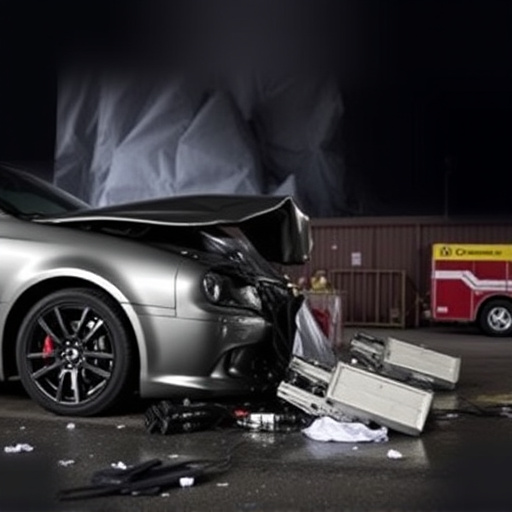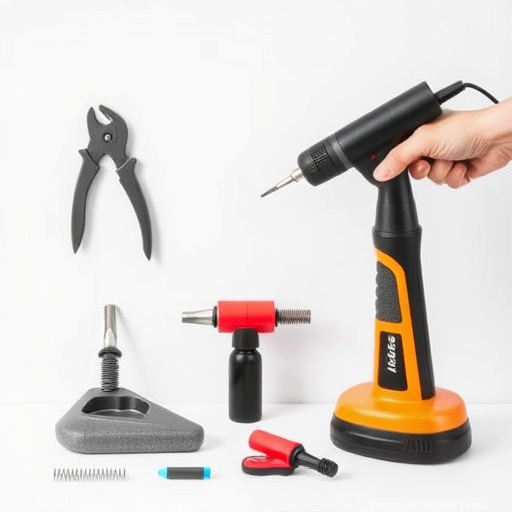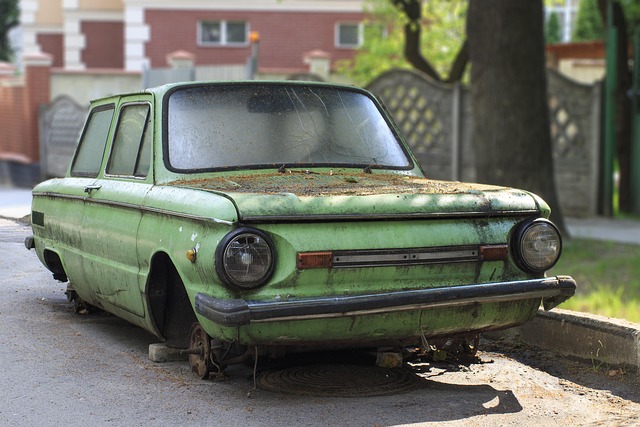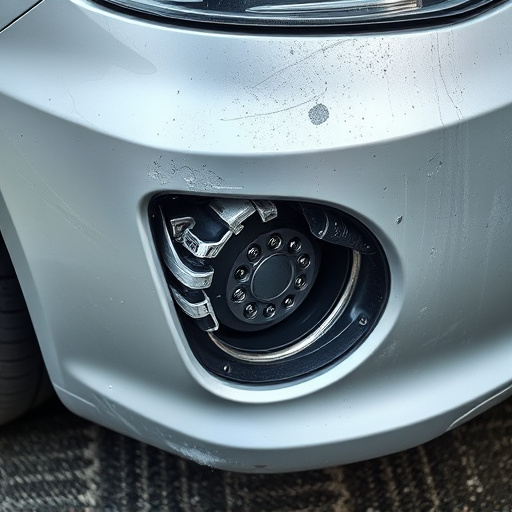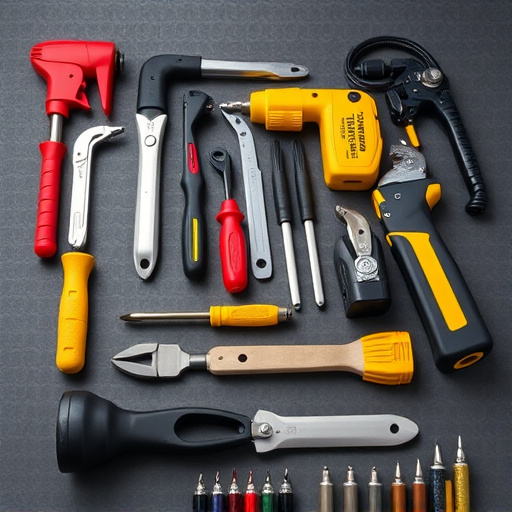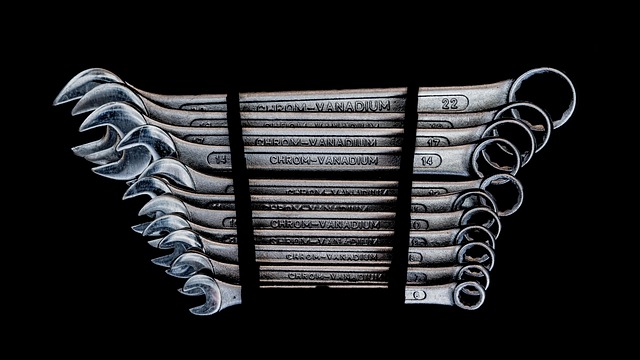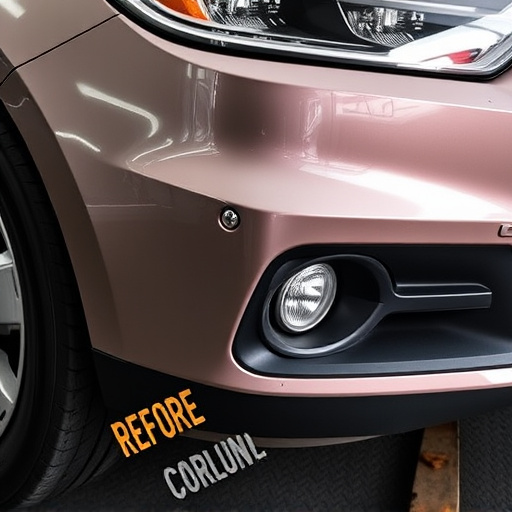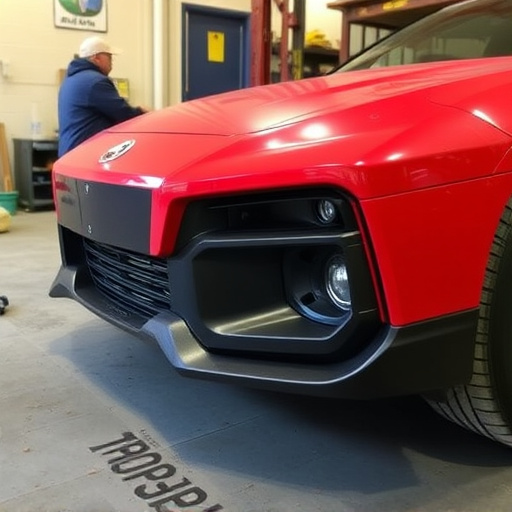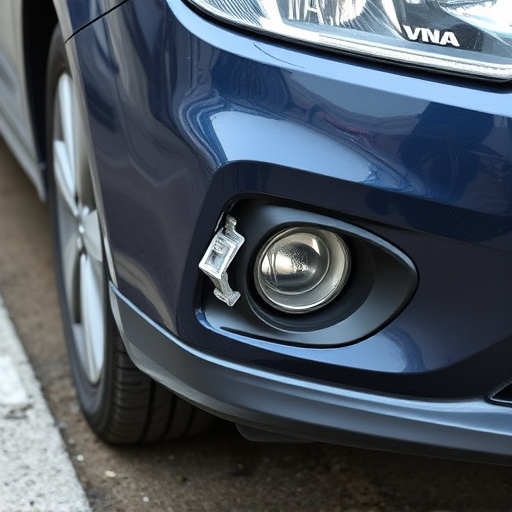Frame damage assessment is crucial for insurance companies to accurately evaluate vehicle repair costs and ensure safety. It involves detailed documentation through photography, CAD drawings, and descriptions, with certified shop reports supporting estimates. Efficient processes using digital tech, standardized procedures, and regular training speed up claim settlements, enhancing customer satisfaction.
Insurance companies often require detailed frame damage assessment documentation, especially during vehicle repair or total loss claims. This process ensures accurate appraisals and efficient claim processing. Understanding the specific needs for frame damage assessments is crucial for policyholders, insurance providers, and repair shops alike. By gathering the right documents and following best practices, the claims process can be streamlined, reducing turnaround time and potential disputes.
- Understanding Frame Damage Assessment Needs
- Documents Required for Accurate Appraisals
- Best Practices for Efficient Processing
Understanding Frame Damage Assessment Needs
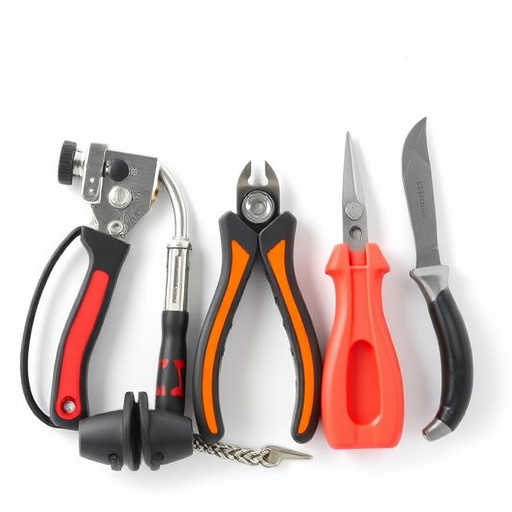
When dealing with insurance claims for vehicle damages, especially those involving a car’s frame, understanding the necessity of comprehensive documentation is paramount. A frame damage assessment is crucial in determining the extent and type of repairs required for a vehicle. This process involves meticulous inspection to identify any deformities or misalignments in the car’s structural framework, which might have occurred due to accidents or other incidents.
Insurance companies demand these assessments to ensure accurate evaluations of repair costs and to verify that only necessary car dent repair or automotive repair services are conducted. A proper frame damage assessment ensures that repairs go beyond superficial car damage repair and address any underlying structural issues, thereby promoting safety and reliability in restored vehicles.
Documents Required for Accurate Appraisals
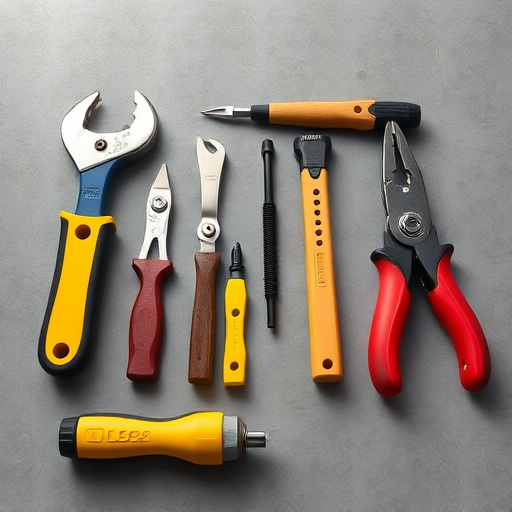
For accurate frame damage assessment, insurance companies typically require a comprehensive set of documentation. This includes detailed photographs capturing every angle of the vehicle, highlighting both visible and hidden damage, especially in complex cases where frame distortion might not be immediately apparent. Engineers or appraisers may also demand computer-aided design (CAD) drawings or schematics to precisely measure and analyze the structural integrity of the vehicle’s frame.
Furthermore, a detailed description of the incident leading to the damage is often needed. This information aids in understanding the type and extent of collision damage repair required, whether it’s as simple as straightening the frame or as complex as replacing major components. In some cases, reports from certified auto repair shops or collision repair centers are also requested to verify the estimated costs and time frames for frame damage assessment and subsequent collision damage repair.
Best Practices for Efficient Processing
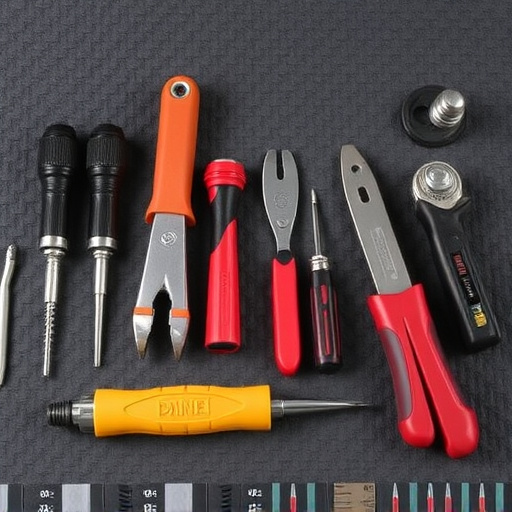
Efficient processing of frame damage assessment is crucial for both insurance companies and vehicle owners. To streamline this process, best practices include digital documentation and immediate recording of all relevant data. Using specialized software designed for frame damage assessment can significantly enhance accuracy and speed, ensuring that every detail of the vehicle’s condition is captured accurately. This includes taking detailed pictures from various angles to record any dents, cracks, or misalignments in the vehicle’s frame.
Additionally, standardization of assessment procedures across all assessors is vital. Consistency ensures that all reports follow a uniform format, making it easier for insurance companies to review and compare claims. Regular training sessions for assessors on new technologies and methodologies in frame damage assessment also contribute to efficient processing. Incorporating these best practices not only facilitates faster claim settlements but also enhances the overall customer experience by ensuring timely vehicle repair services and car restoration processes.
Insurance companies rely on comprehensive frame damage assessment documentation to ensure accurate appraisals and efficient processing. By understanding the specific documents required and adhering to best practices, policyholders can streamline the claims process and receive fair compensation for their vehicle repairs. Investing time in gathering and organizing these records is crucial for a smoother experience during an otherwise challenging time.
